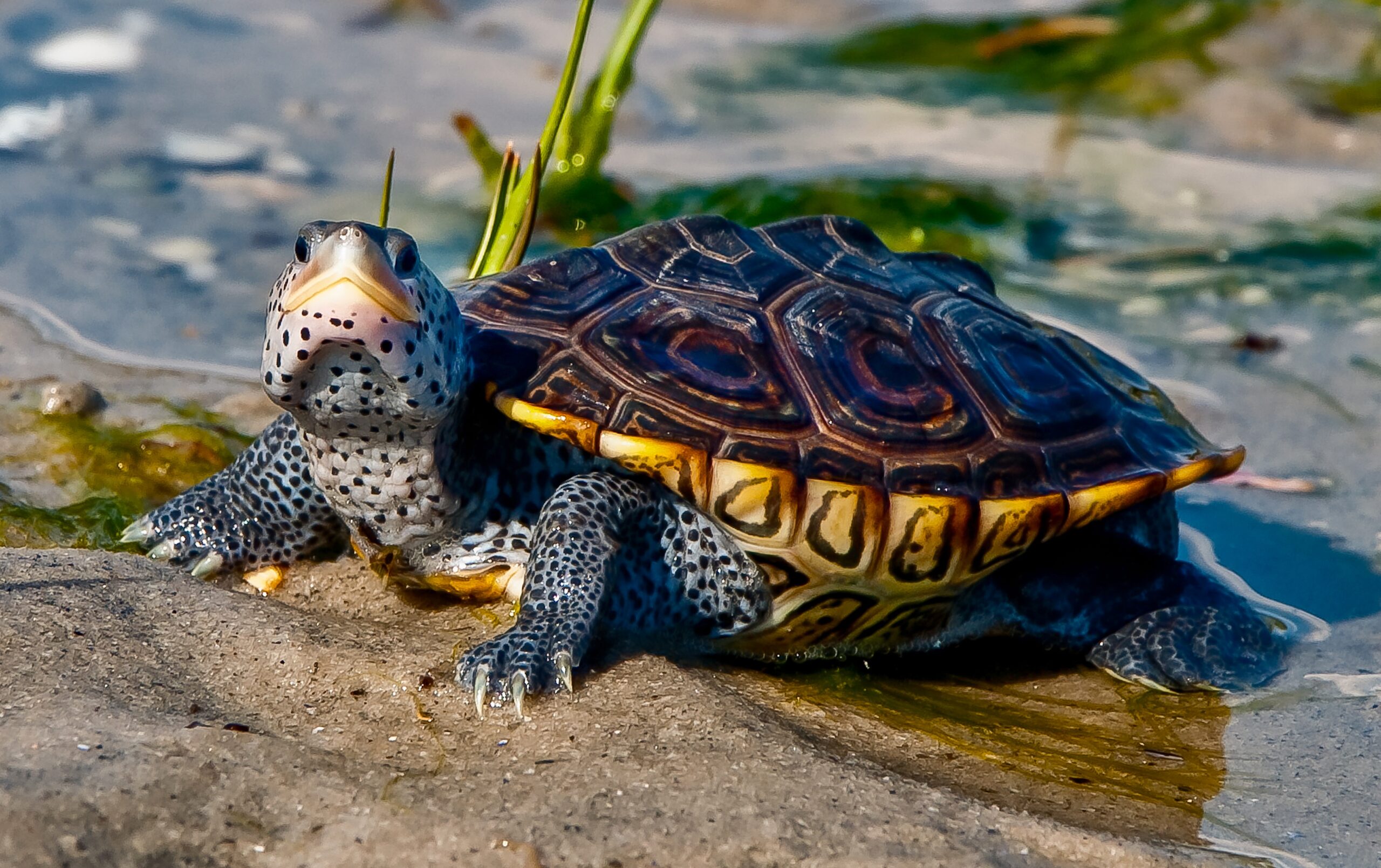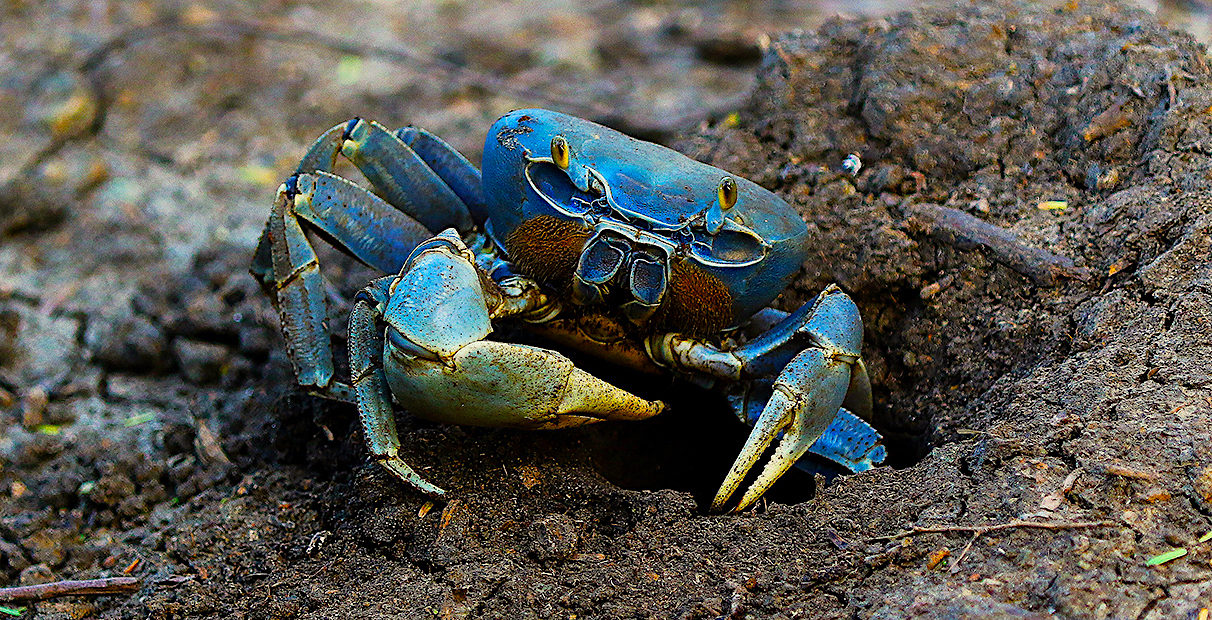Creature Feature: Conan O’Brien Worms, Sea Dragons, and Ocean Aliens
Recent research from the Caribbean to the U.K. to Antarctica proves the ocean contains no shortage of curiosities.
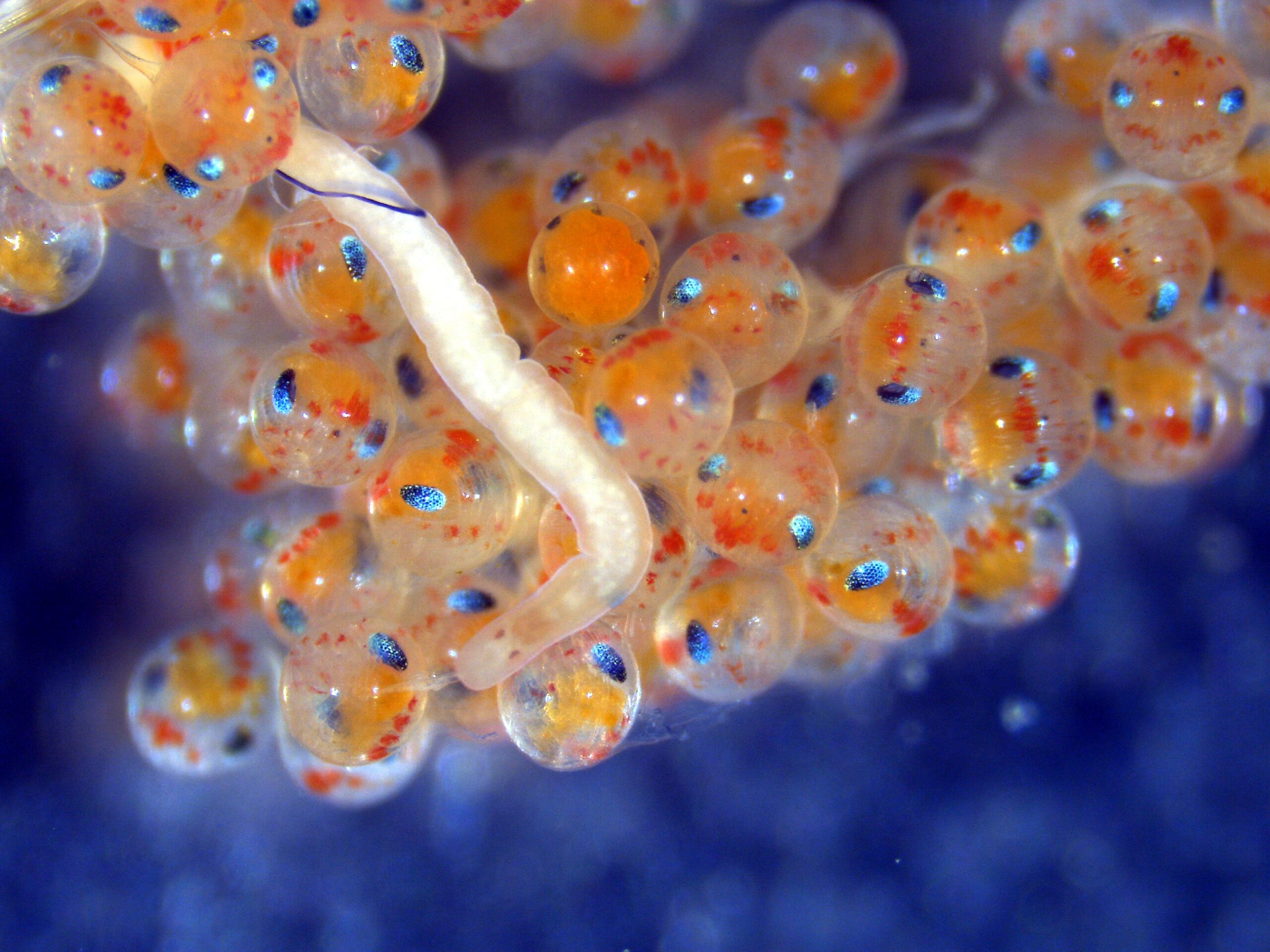
Of Worms and Lobsters
Celebrities are a common source of inspiration for scientists when they name new species. Biologists and ecologists have borrowed from musicians for the Taylor Swift millipede and Trent Reznor spider, authors for the Joan Didion wasp and the Neil Gaiman beetle, and comedians for the Stephen Colbert stonefly and the John Oliver trilobite. And the Harrison Ford snake was a nod to the actor and the phobia of his iconic Indiana Jones.
Now, Conan O’Brien joins the list, with a parasitic worm that carries his name.
Antonio Baeza, an evolutionary ecologist from Clemson University, discovered a new type of ribbon worm (Carcinonemertes conanobrieni) and named it after O’Brien, according to a news release from AAAS, because the worm is “longbodied and pale, with a slight tint of orange.”
It’s also possibly harmful to a vital member of the ecosystem. In a recent study, researchers captured 90 egg-bearing spiny lobsters in Caribbean waters near Colombia to assess how the worm affected the lobsters’ reproduction. They found 88% of the lobsters had evidence of Conan O’Brien worms — which affected embryo mortality up to 43.81%. In contrast, lobsters without worms did not experience embryo mortality.
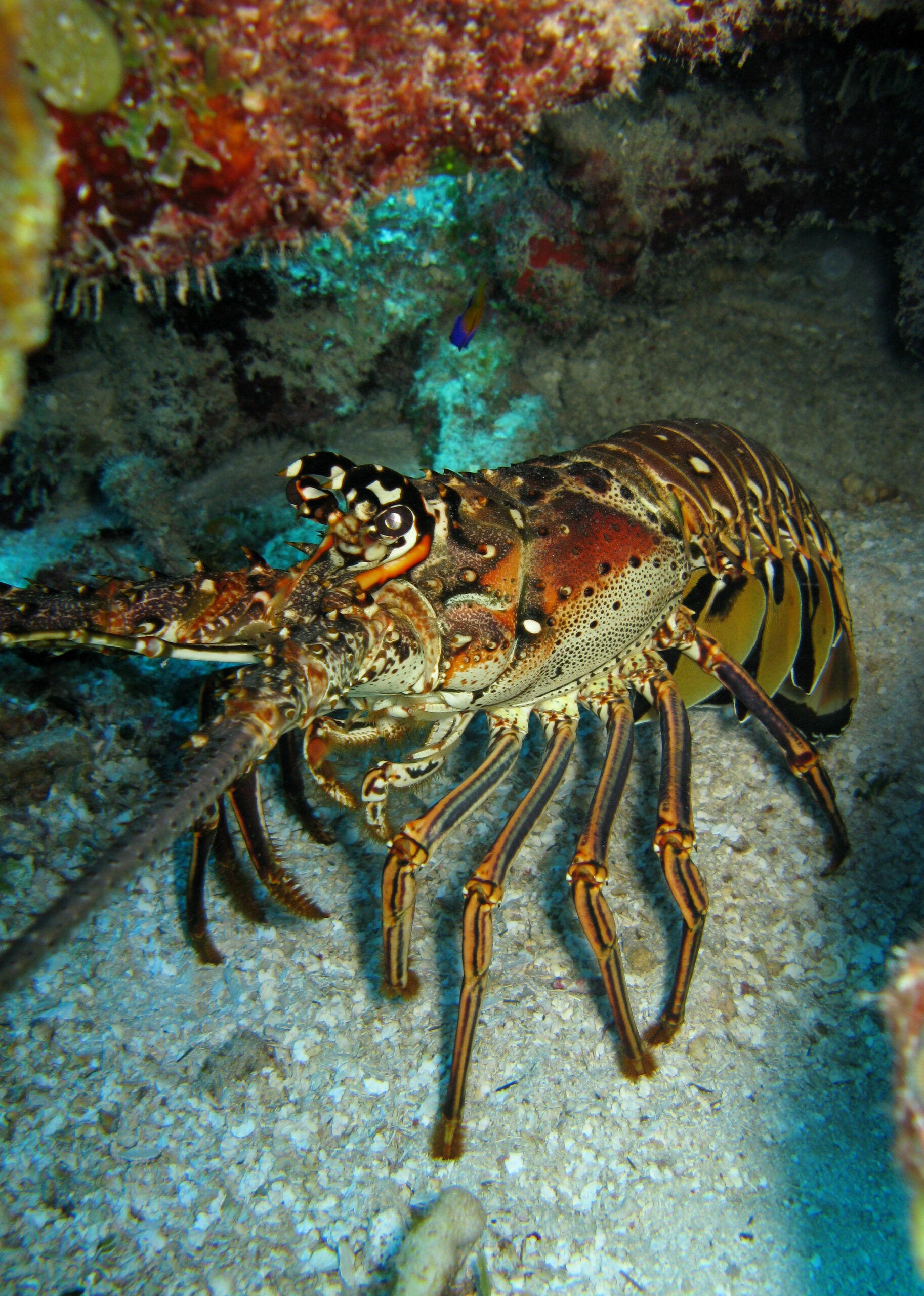
Caribbean spiny lobsters can move as far north as North Carolina. Although the full impact the worms could have on the spiny lobster population is unknown, previous research has linked the worms to the collapse of crab fisheries on the west coast of North America.
Researchers are still working to understand the extent of the worms’ effects on the lobsters and potential measures fishery managers can take to limit their impact.
“A whole industry and coastal communities along the entire Caribbean basin rely on this species,” says Baeza.
Here There Be Dragons
Rutland Water Nature Reserve in England’s East Midlands has unearthed a new ichthyosaur fossil — known colloquially as a “sea dragon.” The discovery marks the first time this species of ichthyosaur (Temnodontosaurus trigonodon) has been found in the U.K.
The fossil is over thirty feet long, about 180 million years old, and the largest and most complete ichthyosaur yet excavated in the country, according to the Leicestershire & Rutland Wildlife Trust (LRWT). Arriving approximately 250 million years ago, ichthyosaurs were marine reptiles that resembled dolphins and could grow up to 80 feet long. They have now been extinct for 90 million years.
Joe Davis, the Rutland Water Conservation team leader, and a colleague made the finding when they noticed vertebrae protruding out of the ground while working on a routine lagoon draining during a landscaping project. “We followed what indisputably looked like a spine,” he said in a news release from LRWT, and they discovered “something further along that could have been a jawbone. We couldn’t quite believe it.”
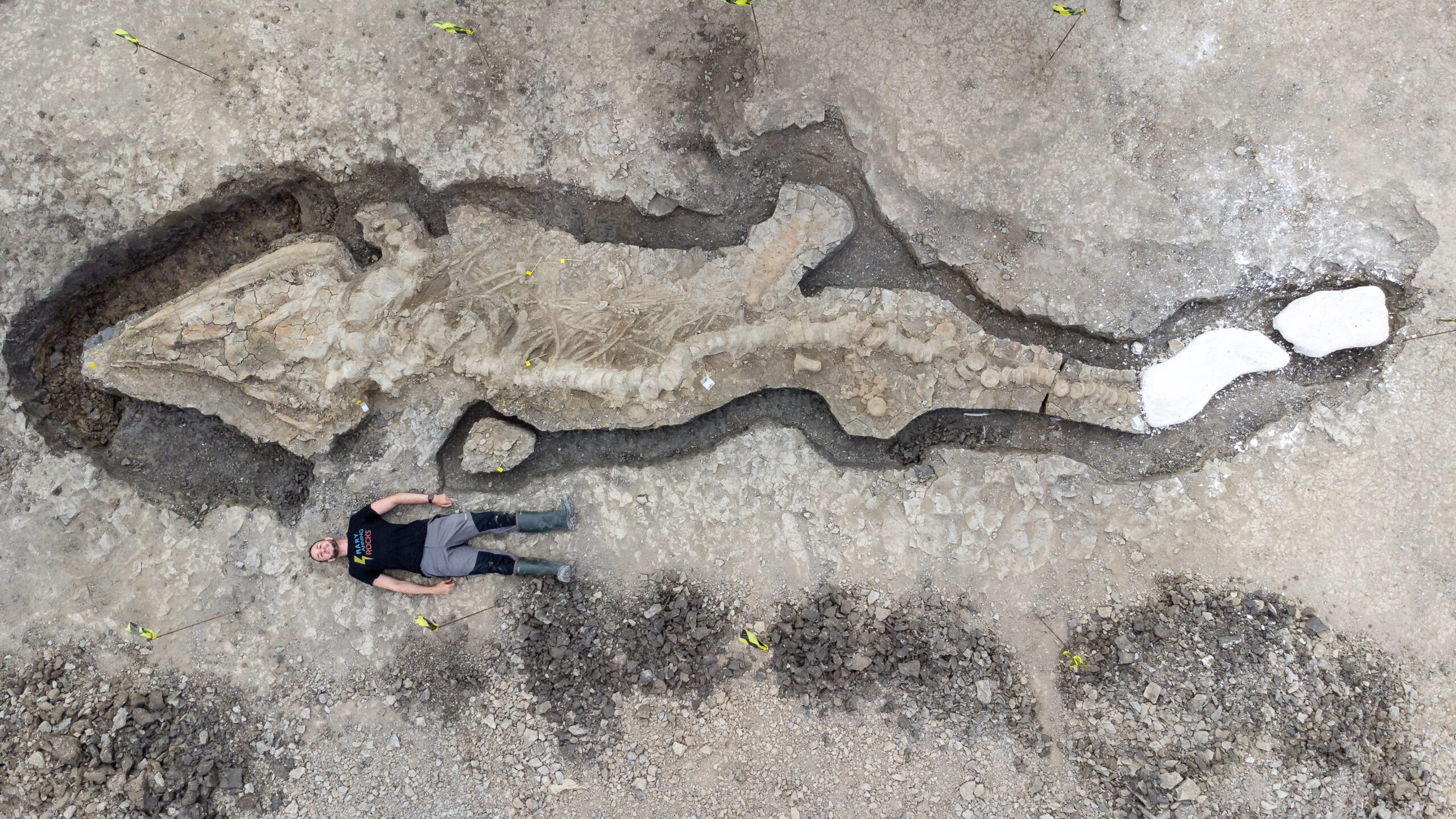
Dean Lomax, a paleontologist from the University of Manchester, led the expedition and told CNN that this finding was the “tip of the iceberg.”
The Archaeologist reported last summer that there are plans to eventually put the ichthyosaur on display and continue investigating where it was found, as the team uncovered additional vertebrae from more ichthyosaurs in the area during excavation.
New Aliens of the Arctic
A newly documented invertebrate known as the Antarctic strawberry feather star (Promachocrinus fragarius) has attracted recent attention for its striking appearance and 20 “arms.” Previously, scientists considered feather stars a single species (Promachocrinus kerguelensis), but a recent report in Invertebrate Systematics reveals four more species.
Online commentators compared the strawberry feather star to “facehuggers” from Ridley Scott’s Alien film franchise due to the appendages and color, but the report notes that this species is generally dark red or purplish in its habitat and approximately 8 inches long. Researchers named it after a small strawberry-shaped nub (the centrodorsal) where the arms and cirri (the smaller, tentaclelike structures) attach.
Greg Rouse, a marine biologist from the University of California San Diego and coauthor of the report, told Business Insider that this work allows scientists to “resurrect” previous feather star discoveries dismissed as members of the same species. “We went from one species with 20 arms to now eight species — six with 20 arms and two with 10 under the name Promachocrinus.”
The team ends their report by discussing the importance of continuing efforts to document different species — a difficult task but one that is vital to monitoring biodiversity.
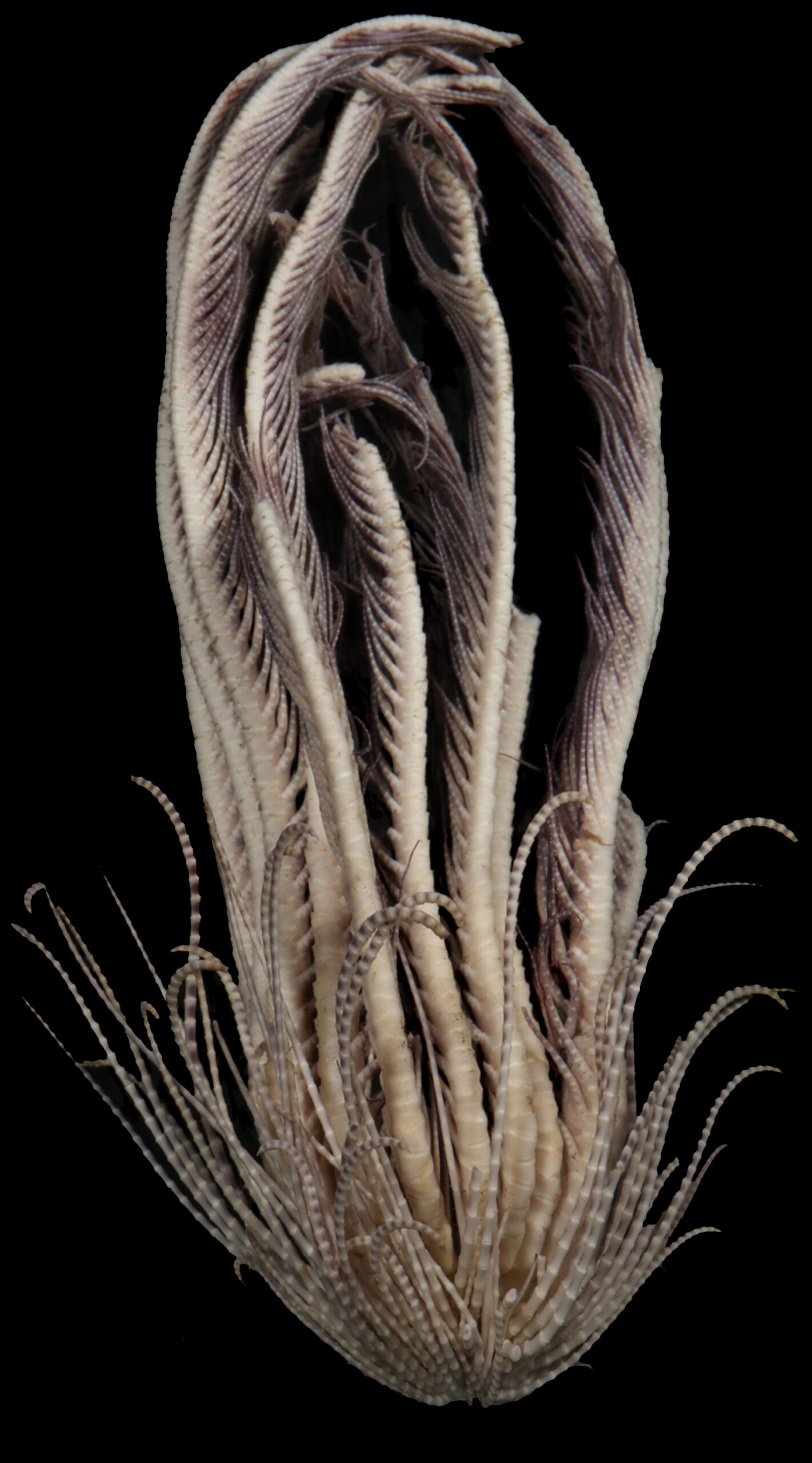
Whether it be Conan worms, sea dragons, or strawberry feather stars, these three creatures also remind us that the sea is not done surprising us.
the full study on Conan O’Brien worms and spiny lobsters
“The Effect of the Egg-Predator Carcinonemertes conanobrieni on the Reproductive Performance of the Caribbean Spiny Lobster Panulirus argus”
about the Rutland “sea dragon”
“Britain’s Largest ‘Sea Dragon’ Discovered in UK’s Smallest County”
the full study on the “alien” feather star
“Resolving the Taxonomy of the Antarctic Feather Star Species Complex Promachocrinus ‘kerguelensis’ (Echinodermata: Crinoidea)”
adapted from news releases from AAAS and the Leicestershire & Rutland Wildlife Trust
Marlo Chapman is a science communication intern with North Carolina Sea Grant and a graduate student in rhetoric and composition at NC State University.
- Categories:
